For those of you who are unfamiliar with these little fellas, koi are a Japanese species of carp, that are among some of the more common fish kept as pets accompanied with some of the oldest bonsai tree, primarily due to their aesthetic appeal. These fish are so colourful that they basically serve as a decoration in the gardens and ponds of those who keep them. You’ll commonly see koi ponds in fancy restaurants or in the homes and estates of the wealthy.
Koi are often associated with wealth because some of them are very expensive. You can get pond-quality koi for as little as $10 but there are some koi out there which are valued at upwards of $1 million. It shouldn’t be a deterrent though, because as we said, there are varieties of koi which are affordable for most everyone and it’s a worthwhile investment anyway because there are so many awesome things about these fish.
They look great, they’re easy to maintain and they can live for a long, long time. Some koi have lived for over 200 years which is pretty insane. Getting some koi for yourself is basically investing in a lifetime purchase. Like with any other pet, there are some very important things to consider in regards to taking care of them. Let’s look at some important aspects that beginners should keep in mind:
Digging
The size of the pond is very important. Obviously it depends on how much space you have and how many fish you want to have, but ideally you should be looking at a pond that can hold at least 1,000 gallons. Avoid going for a particularly complicated shape because then it will be much more difficult for you to line it and the water circulation will also be inhibited as you don’t have to make out some hot tub deck ideas. The lining is important and it can be made from different materials.
The most reliable ones are probably prefabricated plastic and polypropylene. It must cover the entirety of the pond bed and sides and also come up a little above the edges to ensure that it actually settles. You will also need an underlayment, something between the lining and the bottom of the pond.
This doesn’t need to be anything special, you can use old blankets or rugs you’ve got lying around, newspapers or loose sand. And then when it comes to depth, it’s important to consider the climate. If you have a deeper pond, it will heat up slowly during the summer months which means that the temperature will remain consistent.
But at the same time you also want to be able to see the fish, so it’s inadvisable to go too deep. An ideal depth is about 3-4 ft deep. The depth is also important for the colder months, let’s discuss that in a little more detai:
Overwintering
We mentioned earlier that it’s up to you whether or not you want to keep the koi in the pond all year round, and when it comes to koi, most people do just keep them there on account of the fact that they get quite big, quite quickly which makes them difficult to move and means you have to have a indoor tank to store them in.
So it’s better to just keep them outside, but you do need to effectively prepare the pond for the cold. Overwintering is only possible in a pond of adequate depth. 3-4 ft as we talked about above is good because anything less than that is going to freeze much easier. The first step is to rid the pond of any debris that’s built up over the last few months.
Things like dead leaves from the pond plants will decompose and during cold months they will release harmful gases so make sure the tank is well cleaned out before winter sets in. A frozen surface isn’t going to kill your koi, they’re cold-blooded creatures and icy water actually holds more oxygen than warm water, but it can prevent toxins from escaping.
And fresh oxygen won’t make it into the water through the sheet, so you need to have an opening somewhere. This is where a de-icer comes in. This is a small device which you place at the bottom of the pond, which doesn’t act as a heater, but will ensure that there is always a hole in the ice.
You will need a different sized de-icer spending on how big the pond is and it’s also best to place it in a shallower part of the pond and close to the side so that heat will reflect off the edges.
Water
So first and foremost, you can fill it with tap water because in general it’s ideal for the conditions that koi needs. Oxygen levels of roughly 5.0 and a pH balance 7.4-7.6 which is right in the sweet spot for koi who generally can tolerate 6.0-9.5. The tap water does need to be treated before use though.
Chlorine is added to tap water in order to kill harmful bacteria, but if you use it in a koi pond it will also kill good bacteria, making it an unsafe environment for fish. While you can just let the water stand for 24 hours because with chlorine being a gas, this will usually allow for it to burn off.
You will need to test it to make sure this has actually happened though, and it may not work because it’s possible that the water authorities used chloramine instead of chlorine, which isn’t a gas. To ensure that there are no traces of chlorine left, your best bet would be to use a liquid dechlorinator.
This usually comes in a bottle, it’s widely sold and it’s as simple as adding it to the water after you’ve filled it and any time you top it up. It works instantaneously and it’s also not harmful to put too much in. So if you’re not entirely sure how much your pond actually needs, feel free to add a bit more just to be on the safe side.
Seek out a product that treats both chlorine and chloramine just to be on the safe side.
Food
When it comes to food, koi will pretty much eat anything that you put in their pond, but that of course doesn’t mean that everything is healthy for them. You can actually just feed them standard fish food. Koi and goldfish are both members of the carp family, which means that anything you can feed a goldfish, you can also feed your carp. It’s best to feed them about four times a day though, especially when they’re growing so you need a lot of it.
You can also include cereal, fruits and vegetables into their diet and the time of year is a factor in when you should do so. In the spring and fall you should feed them some foods that are rich in carbs and protein-rich foods in the summer when they’re mating. As far as winter is concerned, this is when you need to slow the feeding down.
Koi will hibernate during winter and during this time their digestive system will slow down for a few weeks they won’t need to eat at all. As it starts to get colder, cut down on feeding from four times a day to twice a day. Then cut it down to just once or twice a week. You will notice when your koi starts to eat less and less.
Finally, once it gets below 41 F as it is certain to do especially in the Northern states, that’s when you need to stop completely until it gets back up to between 41 and 50. If your fish start to hibernate with food in their stomach while their digestive system is slowed down, it will rot and could result in a fatal infection. So it’s essential you taper off with the feeding.
Filtration
It’s important that there is sufficient oxygen levels in the water for koi to thrive and you will need some filtration system to ensure that this is always the case. This will also help to keep the pond free of debris. There are two different kinds of filtration and both of them need to be present to ensure the safest and healthiest possible environment. You will need mechanical filtration which will deal with waste and anything solid.
It operates like a vacuum cleaner and will regularly suck these things from the pond. This is important of course, but it won’t deal with any harmful bacteria which means that you must also have a biological filter. This one will keep harmful bacteria like ammonia away and will keep the water nice and purified for your koi.
Be sure that you regularly stock up on water testing kits so that you can be certain that your filtration process is actually working and that your koi pond is free of ammonia and chlorine at all times.
Protection
It’s not just the water quality that poses a threat to koi, there is also the possibility of predators. Domesticated cats which live nearby would be a huge threat, as would raccoons and american minks. There are a few ways to prevent this from happening and you should probably try to implement a few of them or maybe even all of them. Give your fish a place to hide, koi are intelligent and they are common prey so being on the defensive is built into their biology.
Maybe include some caves in the pond or perhaps a waterfall that they can hide behind. General pest control would also be useful just to minimize the possibility of there being any raccoons or rats present in the first place. You could also set up a fence, this would almost certainly eliminate the problem, but it’s not the most sightly thing in the world and could take away from the pond’s aesthetic so that one is up to your preference.
Overall, koi are pretty easy pets to take care of, and their value from an aesthetic perspective makes a koi pond a very rewarding addition to your garden. As long as you prepare yourself for how to properly take care of them, your koi pond should be thriving in no time.

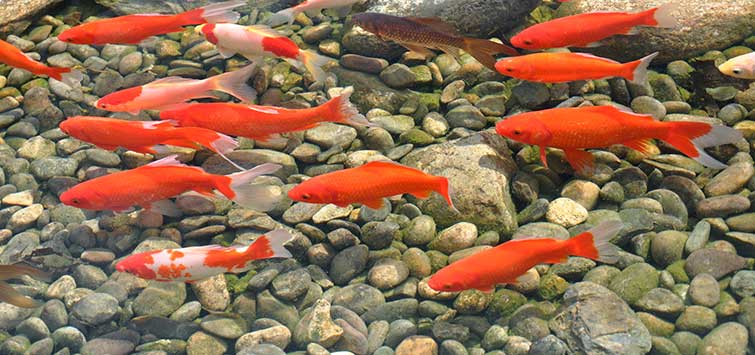
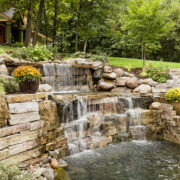
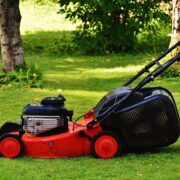
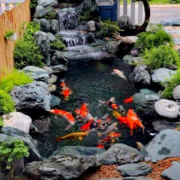
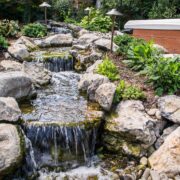
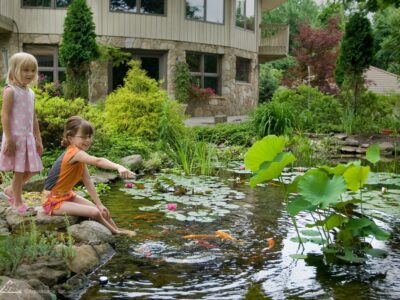
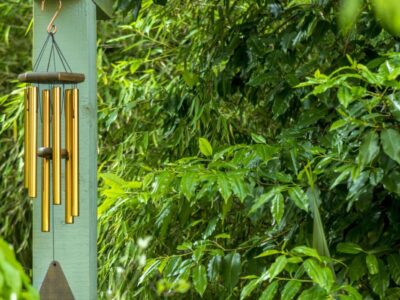
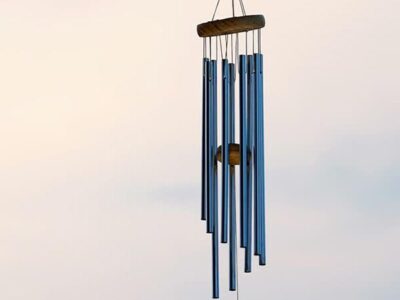
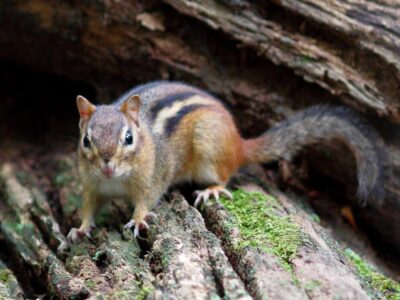
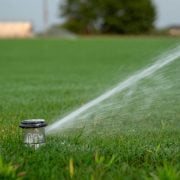
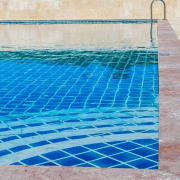
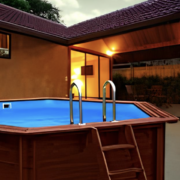
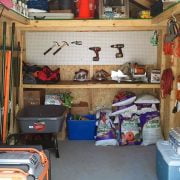
Comments